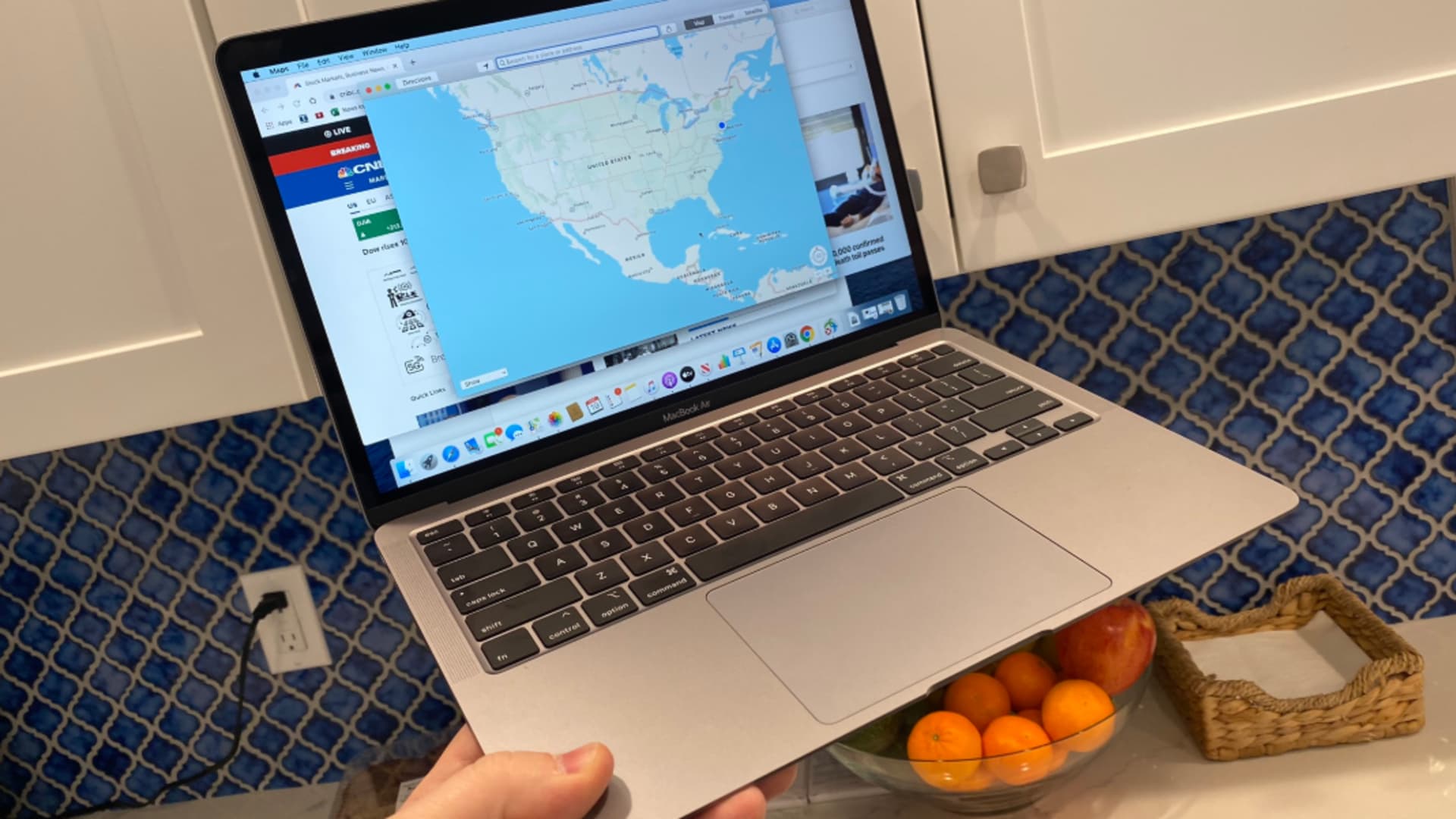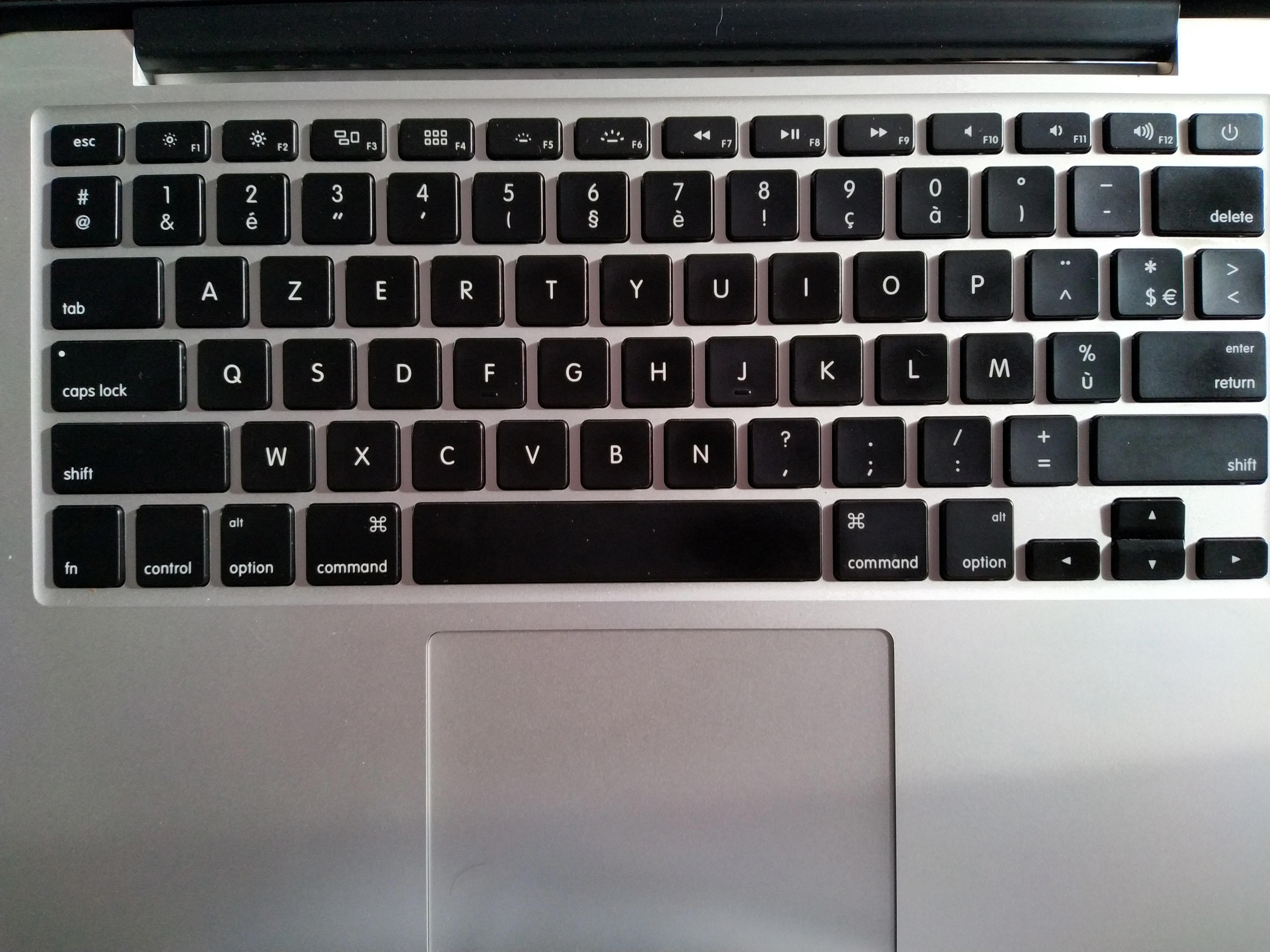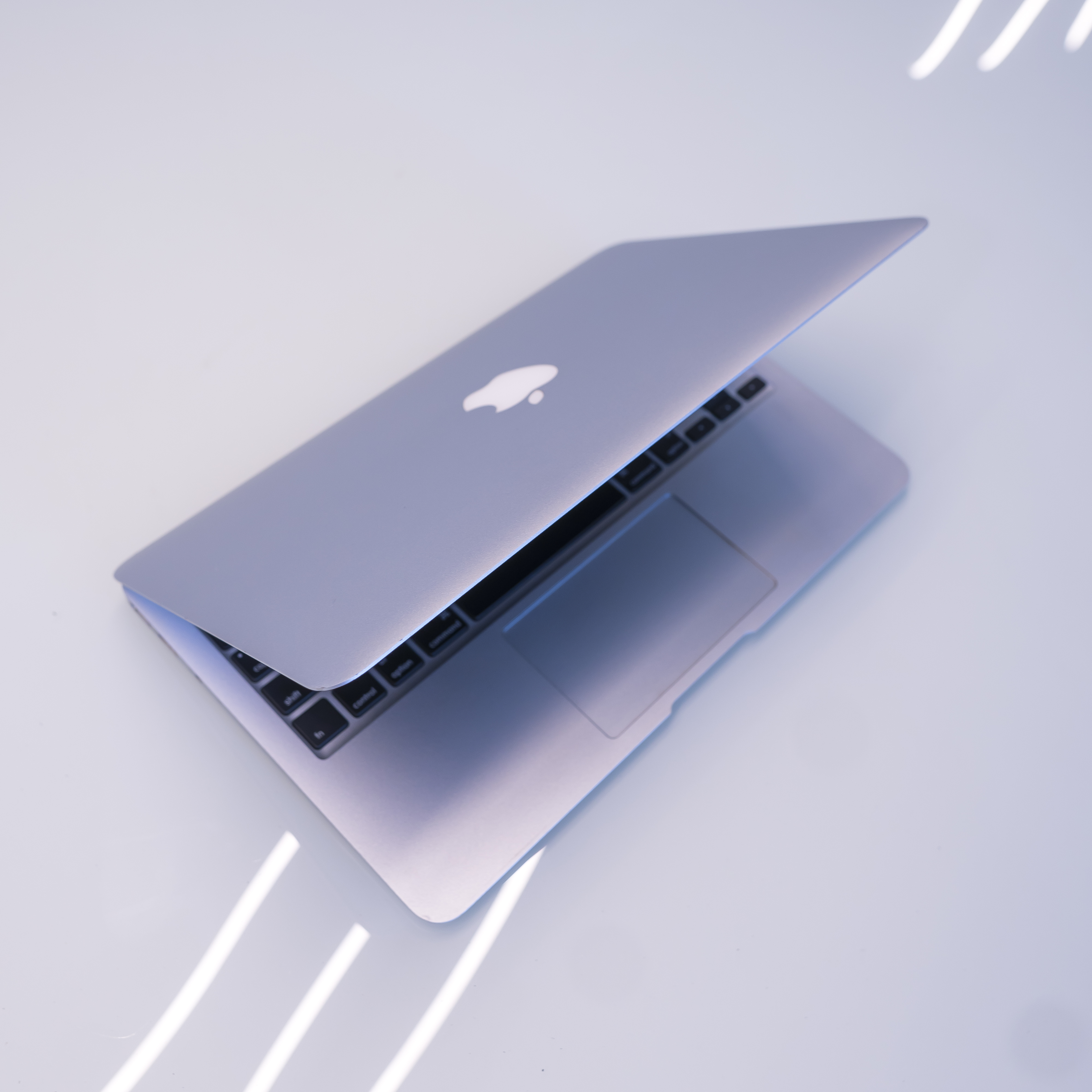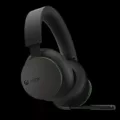Are you wondering what size screwdriver is needed to open up your MacBook Air? It can be confusing, as there are several different types of screwdrivers that work with the Apple laptop line. Fortunately, we’re here to help!
The size of screwdriver required for opening up a MacBook Air is a P5 pentalobe screwdriver. This type of driver has a five-pointed star shape and is specifically designed for use with Apple’s 5IPR security fasteners commonly found on the bottom of some MacBook Air models.
It’s important to note that while this P5 driver will work for removing the back panel screws, it won’t be sufficient when it comes to taking off other components such as batteries and fans. For these, you’ll need a 6-point (T5) driver. In addition, tweezers might also be necessary for fixing small parts or taking out electronic components from narrow spaces.
If you don’t have the right size driver available or can’t find one in your local hardware store, you could try forming your own with a plastic material like ShapeLock. However, this approach might not provide enough force to successfully unscrew or screw the fasteners with ease. Alternatively, you could try attaching a smaller hex wrench to the screws using superglue and later use nail polish remover to detach it when necessary.
When looking for a P5 pentalobe screwdriver for your MacBook Air, make sure you buy one that is 1.2 mm in size as this is what most Apple laptops require. Do some examples include A1398 A1425 A1502 2012-2015 13? 15? Bottom Case Opening Tool and similar products designed specifically for Macs.
We hope this article has helped clear up any confusion about which screwdriver size is needed for opening up your MacBook Air!

Using the Correct Screwdriver to Open a MacBook Air
The correct screwdriver for opening a MacBook Air is a precision P5 pentalobe screwdriver. This driver has a 5-point star-shaped head and is designed specifically for the 5IPR security fasteners used on the bottom of some Apple laptops, including the MacBook Air. The shape of this screwdriver allows it to fit securely into the pentalobe screws, providing you with greater precision and accuracy when opening your laptop.
Unscrewing a MacBook Air Without a Screwdriver
If you don’t have a screwdriver to remove the screws from your MacBook Air, you can use a few household tools as an alternative. First, try using an eyeglass screwdriver or a small flathead screwdriver. You can also use a butter knife, utility knife, or nail file to pry open the case and access the screws. If these don’t work, try using a pair of tweezers or needle-nose pliers to grip the head of the screw and turn it counterclockwise. Finally, if none of these options work, you may need to purchase a special tool called a “spudger” that is designed for opening electronic cases without damaging them.
Screwdriver Size for MacBook Air 2013
The correct size screwdriver for a MacBook Air 2013 is a 1.2mm P5 Pentalobe 5 Star 5-Point Screwdriver. This type of screwdriver is specifically designed for Apple MacBook Pro, Air Retina A1398, A1425, and A1502 models from 2012-2015 with a 13″ or 15″ bottom case opening. It will allow you to easily and securely open the bottom case of your MacBook Air 2013 and make any necessary repairs or replacements.
Tools Needed to Open a MacBook Air
To open a MacBook Air, you will need a precision P5 pentalobe screwdriver. This driver is designed to fit the 5-point star-shaped pentalobe 5IPR security fasteners located on the bottom of the laptop. It is important to note that other types of screwdrivers will not work with these fasteners, so be sure to use the correct tool for the job. Additionally, you may also need tweezers or a spudger tool to help with removing components that are connected by screws or clips.
What Types of Screws Are Used in Macbooks?
Macbooks use pentalobe security screws, also known as pentalobe screw drives. These five-pointed tamper-resistant screws were developed by Apple and are used in their products to help prevent unauthorized access to internal components. The most common size of these screws is 5-point TS1 (0.8 mm) and can be identified by their star-like shape when viewed from the top. Pentalobe screws are often found securing the bottom case of Macbooks, as well as other locations such as the battery compartment or memory door. It is important to note that special screwdrivers are required to remove these screws; standard Phillips screwdrivers will not work and could damage your device if used incorrectly.
Pentalobe Screw Size of P5
The P5 Pentalobe Screwdriver is a 1.2mm 5-point precision magnetic screwdriver designed for opening and repairing MacBook Air and Pro Retina laptops. This tool is specifically designed to fit the 5-pointed pentalobe screws found on Apple products, making it a necessary tool for any repair job involving these devices. The size of the P5 Pentalobe Screwdriver is 1.2mm, making it perfect for repairs requiring delicate and precise work on Apple laptops and other devices with similar screws.
What Is the Size of a T3 Screwdriver?
A T3 screwdriver has a 0.12-inch (3mm) diameter round shaft and is 3 inches (75mm) long. This type of screwdriver is used for screws with a T3 Torx head.
Conclusion
In conclusion, the size of the screwdriver needed to open a MacBook Air laptop varies depending on the model. The most common size is a 1.2 mm P5 Pentalobe 5 Star 5-Point Screwdriver for Apple MacBook Pro Air Retina A1398 A1425 A1502 2012-2015 13″ 15″ Bottom Case Opening Tool. In some cases, a 6-point (T5) screwdriver may be necessary for taking off the battery and fan screws, and tweezers may be helpful for fixing small parts and taking out the electronic components in narrow places. It is also possible to form your own screwdriver tip using a plastic-like ShapeLock, although this may not have enough force to unscrew or screw them successfully. Superglue can also be used to attach a smaller hex wrench to the screw, followed by nail polish remover to detach it.








